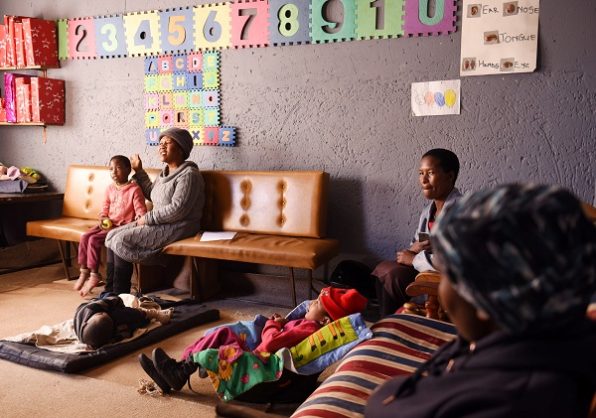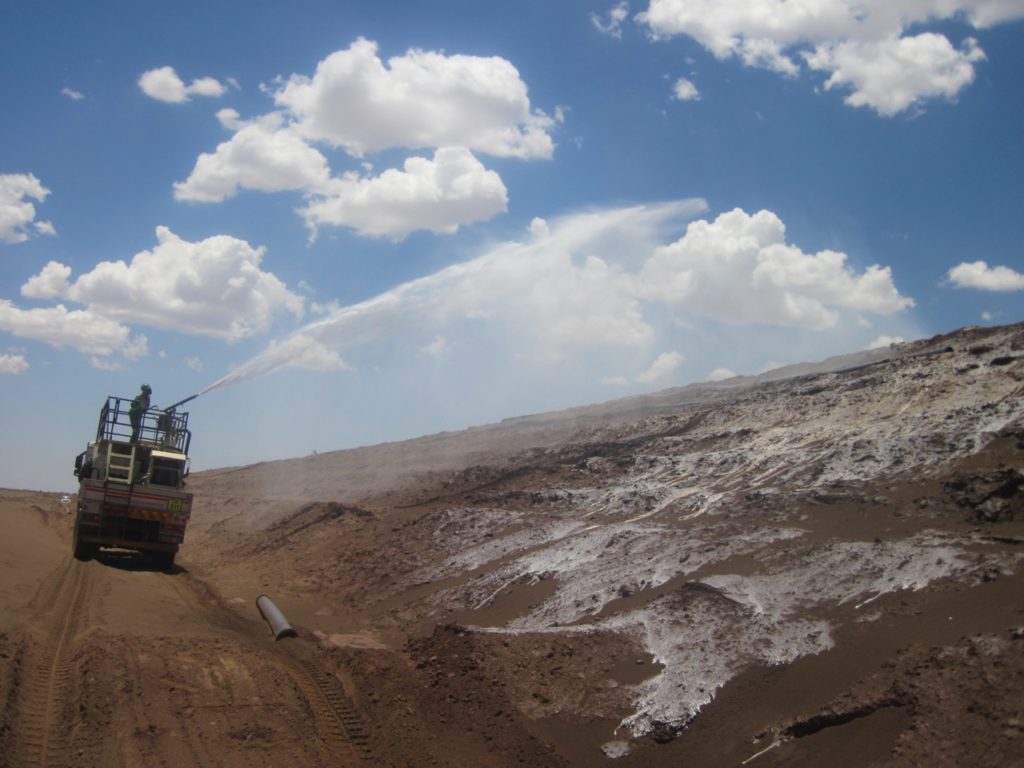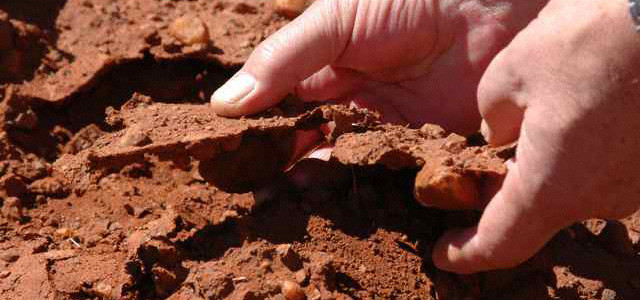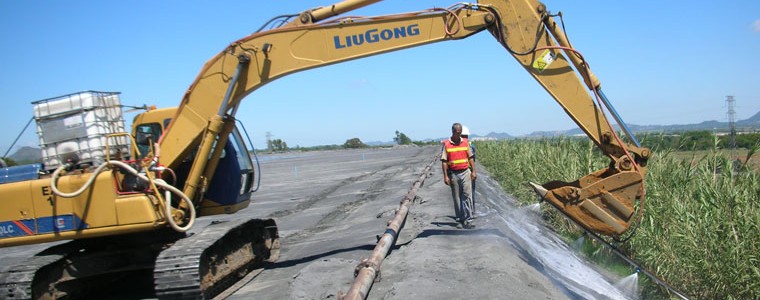Article Source. Schrieber, Sinesipho “Abandoned mines a witches’ brew of heavy metals and poisons, 15, July . 2019, https://citizen.co.za/news/south-africa/environment/2154576/abandoned-mines-a-witches-brew-of-heavy-metals-and-poisons/
Abandoned mines a witches’ brew of heavy metals and poisons

Ellen Glen Special need Eco Centre Principal Boitumelo Mogaleni (C) speaks to The Citizen at Snake Park in Soweto, 10 June 2019. Mine dumps are made up of crushed, sand-like by-product refuse material, known as tailings, produced during the mining process. Mine dumps are made up of a complex mixture of metals and dust particles. Dust exposure can be high for communities living nearby, particularly during windy conditions and when it’s dry and vegetation cover is low.Picture: Nigel Sibanda
The chemicals have been found in extraordinary high concentrations in residents in Soweto, as well as in domestic and farm animals.
This is the bitter, toxic legacy of the gold mining that made Johannesburg rich: children with slow, awkward movements and bad eyesight because of cerebral palsy, others with Down’s Syndrome, and the blind and poisoned farm animals.
The mine dumps loom over the Snake Park/Thulani area of Soweto and the tailings dams – where poisonous water was pumped out of the mine for decades – are a stone’s throw away. Children play all around the toxic site, because it is not fenced.
The mine’s legacy is a witches’ brew of heavy metals and poisons, in the sand of the dumps, the tailings dams and the polluted soil. The chemicals have been found in extraordinary high concentrations in residents – adults and children – in the area, as well as in domestic and farm animals.
The non-profit Bench Marks Foundation has been researching the effects of pollution from closed and abandoned mines for a number of years.
The research has found that the dust particles from nearby dump contain harmful chemicals that have the ability to change human DNA when exposed to the polluted air for certain periods of time.
It further found that the effect of exposure to this heavy metal-laden dust results in infants and children suffering “delays in physical or mental development” and that “children could show slight deficits in attention span and learning abilities’’.
No one feels this pain more than Pantso Madona, who founded the Ellen Glen Special Needs Centre after battling for years to come to terms with her son’s mental disorder. Nor could many of the other residents in the area, who could not understand why their children were blighted.
In some cases, this resulted in the children being abused and rejected by their families and the community. The centre is home to more than 20 of these children living with different disabilities.
Madona explained that most of them suffered from cerebral palsy (which affects the normal movement of the body and vision), Down’s Syndrome, fits and mental health problems.
“Most of the children are born to young mothers and most of them do not have the time look after a child living with a disability, which consumes a lot of time,” said Madona.
Her late husband used to help by providing transport for children to the centre, but now there is no vehicle and many can’t attend. Madona has been applying without success for government funding since 2010.
Bench Marks Foundation’s lead researcher David van Wyk estimated that taking care of one child living with disabilities costs about R14,000 a month and the caretaker depends on the children’s social grants.
“The grants fail to carry the children through the month as the children need to eat special foods and need medicine and other basic needs. Those things are expensive,” said Madona.
Following The Citizen’s enquiries, department of social development communication director Busi Kheswa said that she had reported Madona’s plight to their regional office to assess the centre and assist with a reapplication for funding.

Pigs farm at Snake Park in Soweto, 10 June 2019. Mine dumps are made up of crushed, sand-like by-product refuse material, known as tailings, produced during the mining process. Mine dumps are made up of a complex mixture of metals and dust particles. Dust exposure can be high for communities living nearby, particularly during windy conditions and when it’s dry and vegetation cover is low.Picture: Nigel Sibanda
Eric Phongoma, a farmer who lives adjacent to the mine dump, said: “The dust affects mostly the young animals. Two of the pigs are blind, but because the Bench Marks Foundation gave us money to buy medicine for the animals I was able to protect them.”
Phongoma said the mine directors promised to destroy the dumps a year ago, but nothing has been done. Resident Tiny Dlamini said local children used the unfenced mine dump as a playground.
“During summer the holes in the dump are always filled with water and the children from this community and those from the suburbs go there to swim.
“When they are just playing soccer the soft sand cracks and buries them underground. We’ve had a number of children dying there over the years,” he said.
Dlamini said they had reported the matter to the public protector after failing to get the attention of local government officials.
– news@citizen.co.za
LOGIN / REGISTER
![]()
Stay Connected














